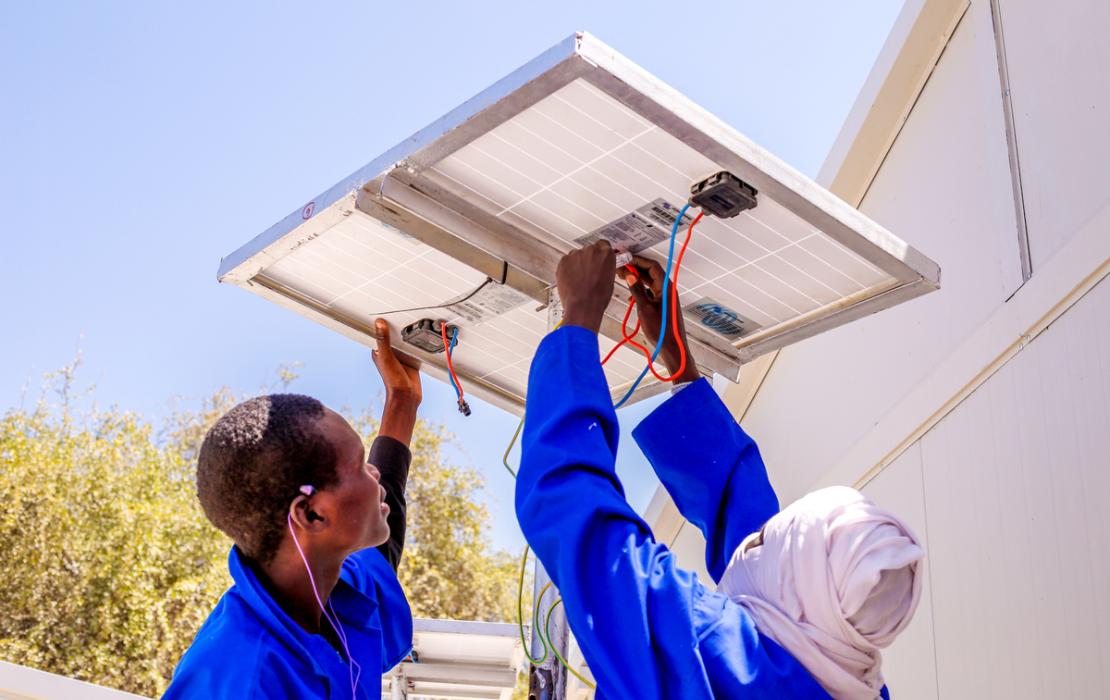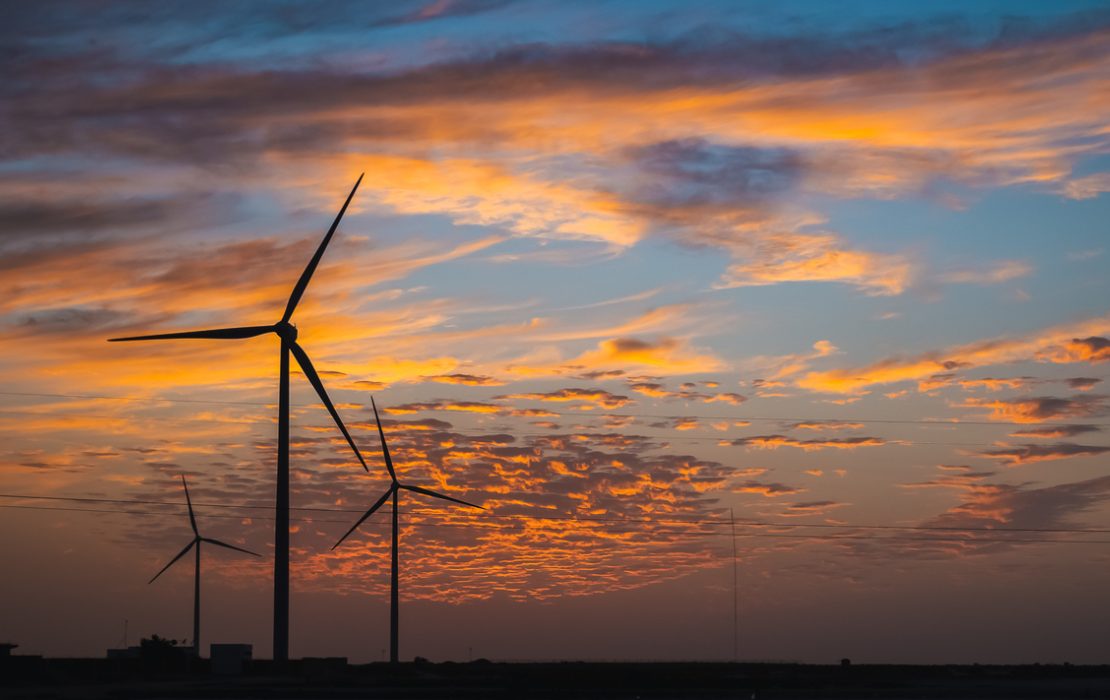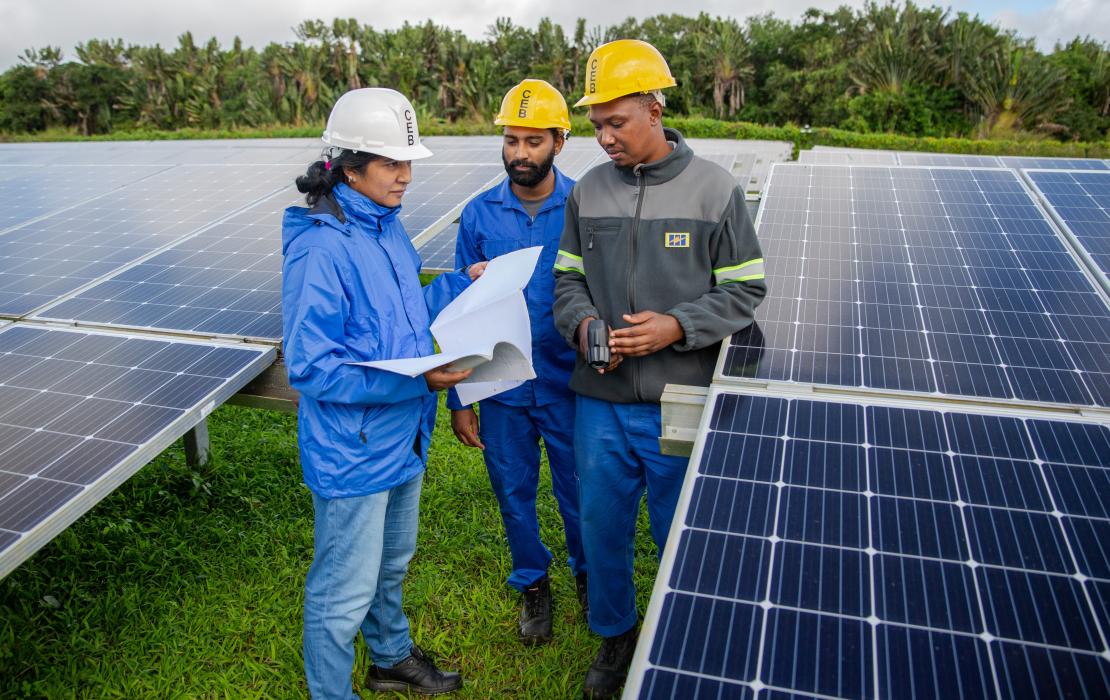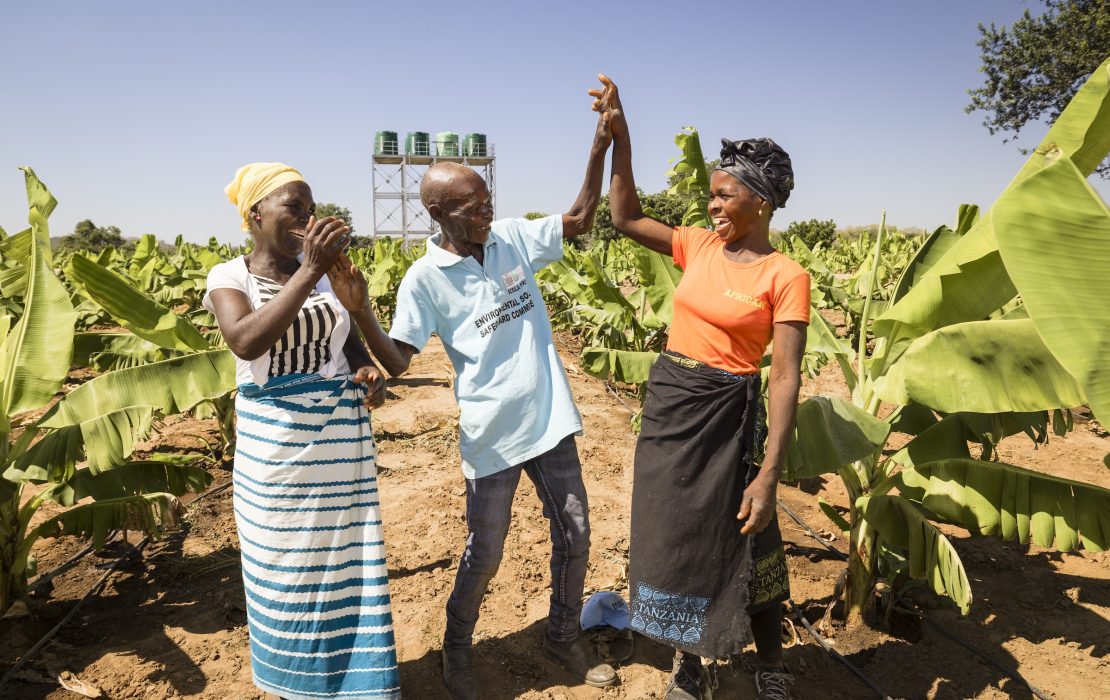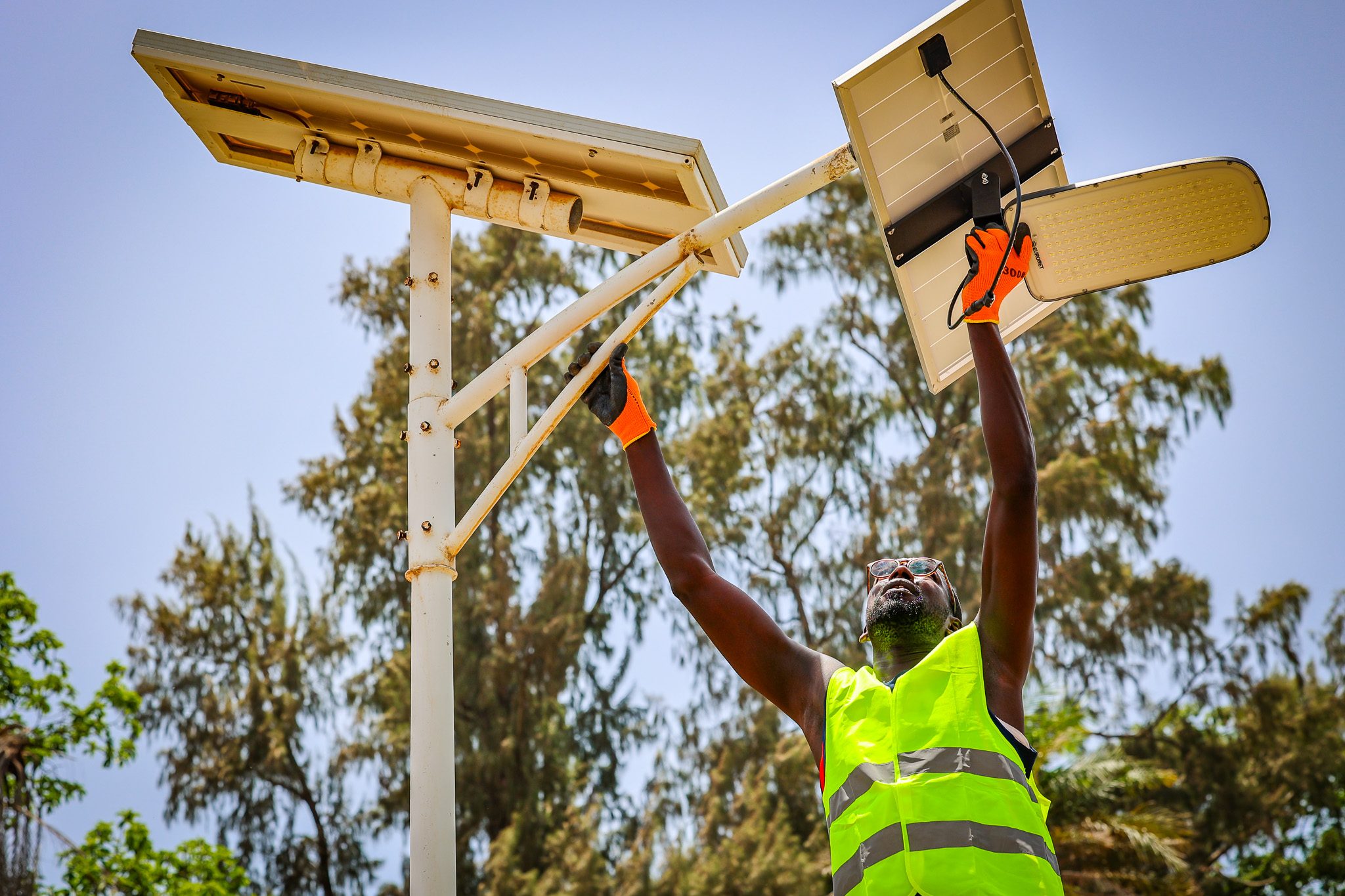
Photo: UNDP Senegal
In recent years, energy has been at the front of Senegal’s national agenda. The country has made significant progress on electricity access, which rose from 39 percent in 2001 to 74 percent in 2023, one of the fastest increases in Africa. Moreover, a quarter of Senegal's electricity supply now comes from renewable sources like solar, hydro and wind.
At the same time, Senegal has also been confronting the impacts of climate change. Increased temperatures and sea level rise have disrupted lives, destroyed homes and reduced the availability of arable land and water. Disrupted rainfall patterns have threatened livelihoods, with recurring droughts and unprecedented flood risks putting additional pressure on vulnerable communities and infrastructure. According to recent estimates, without adaptation measures, climate impacts could cause Senegal's GDP to shrink by 9.4 percent by 2050.
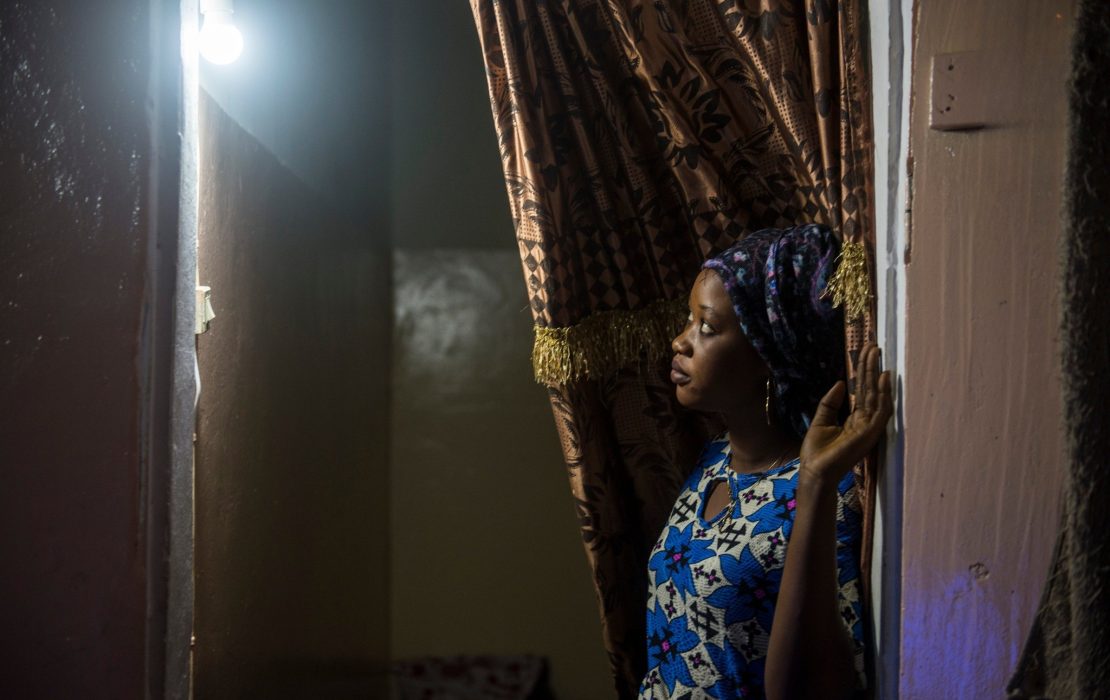
While Senegal has one of the highest electrification rates in West Africa, significant disparities remain among households. Photo: UNDP Senegal

Senegal is located at the westernmost point of Africa, along the Atlantic ocean coast. Photo: Ugochukwu Kingsley Ahuchaogu / UNDP WACA
In response to its increasing exposure to climate impacts, Senegal has adopted an inclusive national strategy and identified the energy sector as key to building long-term resilience. This commitment is reflected in its Nationally Determined Contribution (NDC), which sets concrete sustainable energy targets and is currently being revised, with support from UNDP. It is also included in the Energy Sector Development Policy Letter (LPDSE) 2025–2029, which aims to achieve universal access to affordable, reliable and sustainable energy.
In line with these ambitions, the Government of Senegal plans to increase the share of renewable energy to 40 percent of the energy mix by 2030. This transition is expected to be fueled by the Just Energy Transition Partnership (JETP) as well as private sector investment.
Fortunately, Senegal has a high potential for solar energy, enjoying around 3,000 hours of sunlight annually. In 2023, solar power made up 47.4 percent of the country’s renewable energy portfolio, followed by hydro and wind power.
Unveiling Senegal’s installed renewable energy capacity across homes and businesses
At this critical juncture, when accelerating progress is essential to meet national climate and energy targets, a recently undertaken national survey offers valuable insights into Senegal’s renewable energy landscape, with a focus on both households and the private sector.
The survey reveals a disparity in installed solar capacity between urban and rural households, with rural areas accounting for 3,957 kilowatts, compared to just 268 kilowatts in urban settings. This gap reflects differences in how solar power is deployed and accessed across the country. In rural areas, solar systems are often installed through distributed solutions such as solar home systems and minigrids, which are critical for communities located far from the national grid. By contrast, urban households are more likely to be connected to the centralized grid.
Today, rural areas such as Ziguinchor, Sédhiou, Louga, Thiès and Fatick have the highest installed solar capacity among households engaged in income-generating activities, underscoring the growing importance of solar energy as a driver of local economic empowerment and ultimately, rural development.
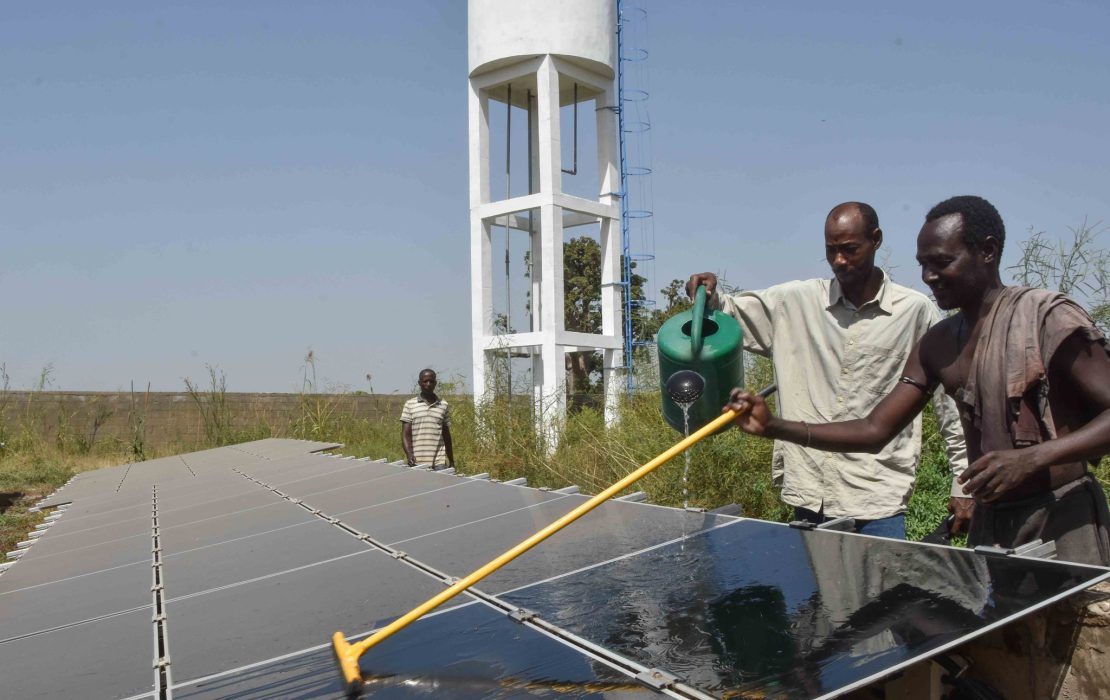
Limited access to equipment and lack of financing are major challenges hindering broader adoption of solar energy in Senegal. Photo: UNDP Senegal
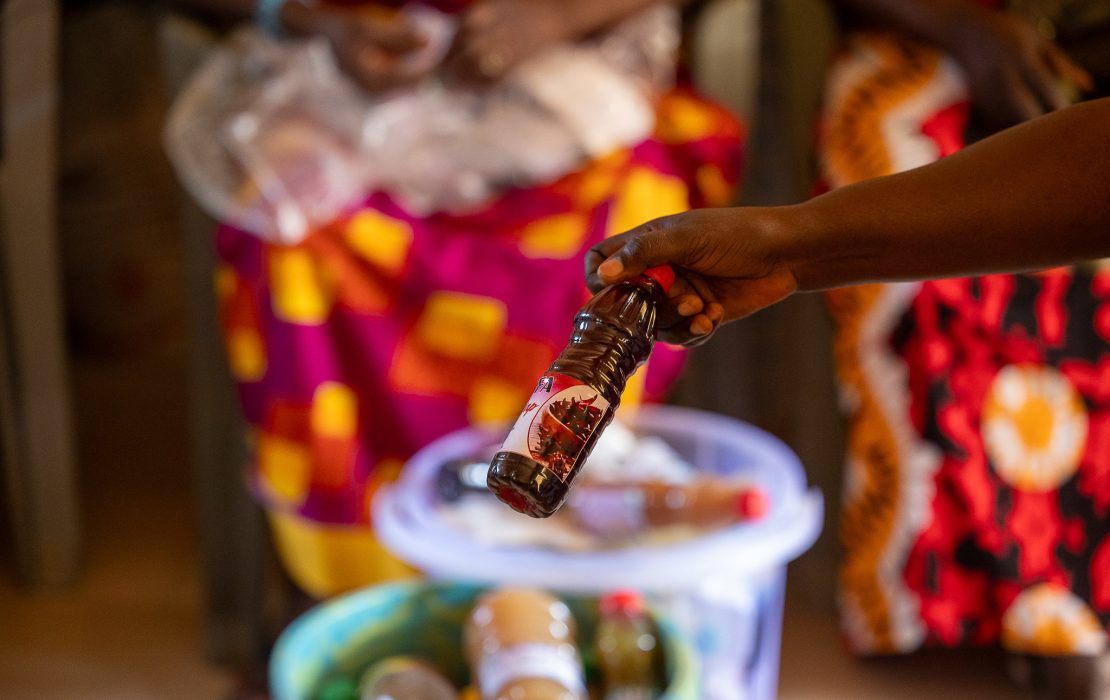
Small- and medium-sized enterprises account for nearly 90 percent of businesses in Senegal. Photo: UNDP Senegal
The survey also identified key barriers hindering the broader adoption of solar power in both rural and urban households. Nearly half of respondents cited limited access to equipment and lack of financing as major obstacles. Other challenges include difficulties with installation and operation and maintenance, which are especially acute in rural areas where households often face higher costs and logistical hurdles.
Similar challenges affect private sector investment in renewables, which remains limited despite offering significant economic and employment opportunities by reducing energy costs for businesses. Only 1,085 companies, representing 6.7 percent of all businesses, have installed solar systems so far, most of them being large companies from the formal sector.
Small- and medium-sized enterprises dominate the business landscape, and thus represent a major untapped opportunity for the broader shift toward a greener economy. Looking ahead, 58 percent of companies expressed plans to install solar energy equipment, with many also interested in energy-efficient technologies. At the same time, many of these companies shared concerns about high equipment and installation costs, limited information about financing options, and the quality of available systems.
To fully leverage the energy transition, it is crucial to address the barriers faced by households and the private sector by: improving access to high-quality components and raw materials, especially in underserved regions; redirecting energy subsidies to support the shift from fossil fuels to renewables; and boosting investment in renewable energy infrastructure, technology and human capital, while ensuring that national businesses and workers benefit from the transition.
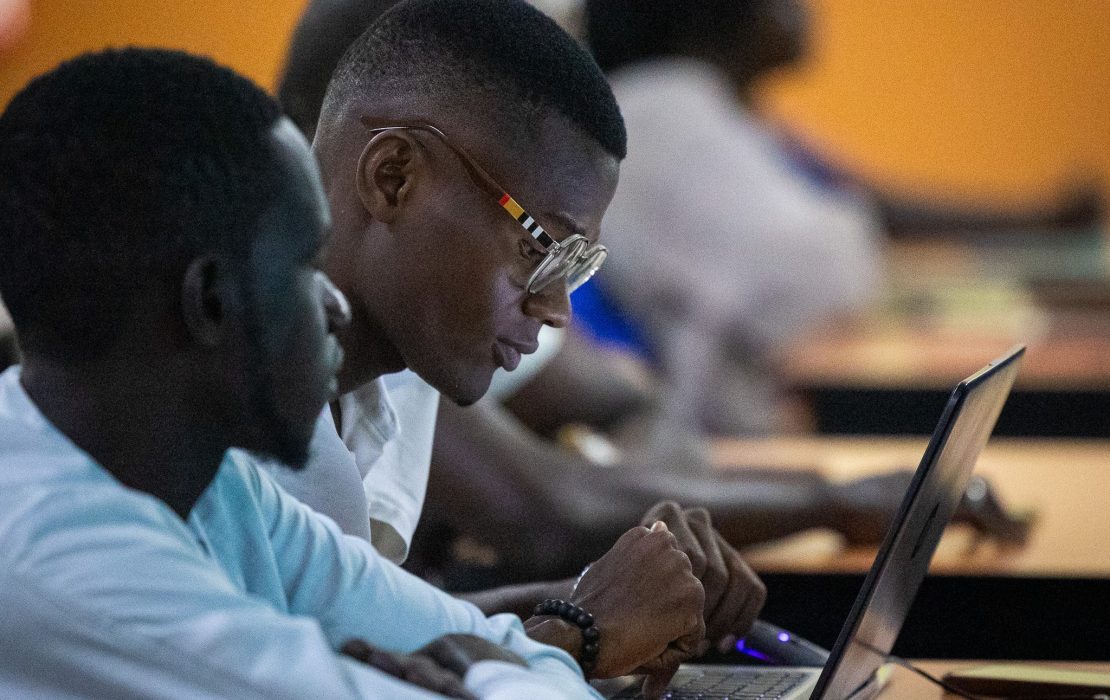
Senegal is home to a growing number of startups, some of which are focusing on renewable energy solutions. Photo: UNDP Senegal
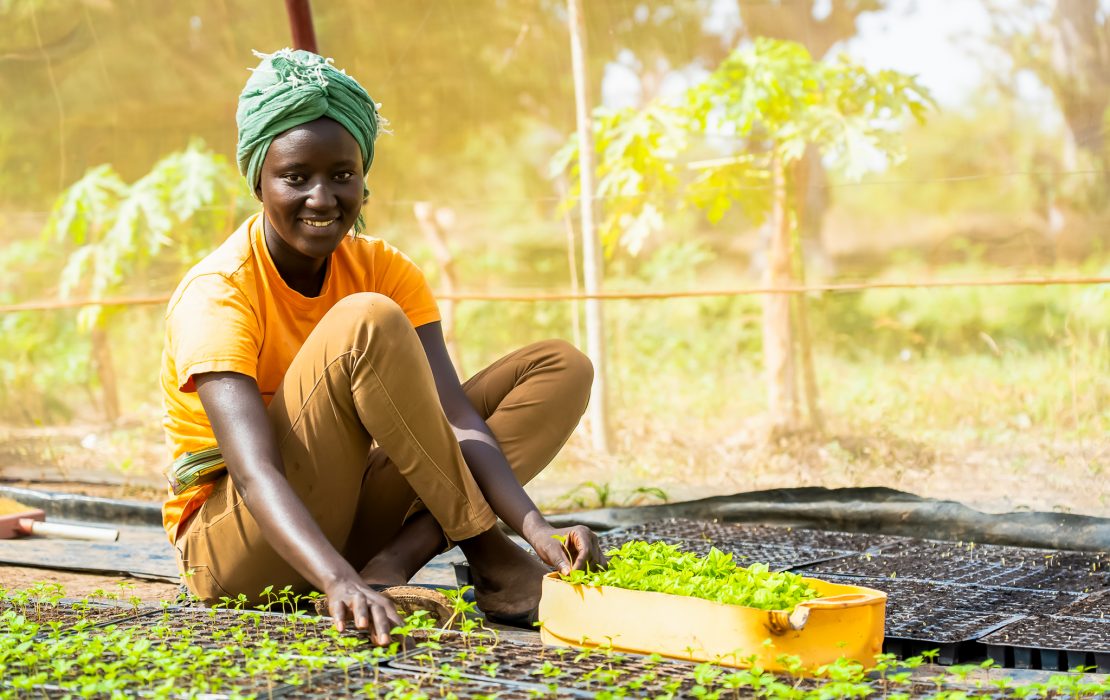
In Senegal, women play a major role in small-scale entrepreneurship and could greatly benefit from accessing renewable energy. Photo: UNDP Senegal
Unlocking new renewable energy opportunities
Senegal has already implemented several targeted measures and policies to encourage investments in renewable energy. These include strictly enforcing exemptions from value added tax for renewable energy equipment, purchasing electricity generated from renewable sources at competitive prices by the national electricity company, and deploying solar and wind farms and minigrid systems in rural areas.
Another major step forward in Senegal’s energy sector is the release of a recueil on the country’s Electricity Code. The compendium, released with support from UNDP, is designed to support decision-makers, investors, technicians and citizens by clarifying the rules that govern the electricity sector, thereby facilitating the implementation of reforms and accelerating the energy transition.
These actions follow a risk assessment conducted in 2024, with support from UNDP, which examined the barriers to private sector investment in off-grid renewable energy.
Driving inclusive, clean energy solutions
As the energy transition aims to help achieve universal access, the country is putting people at the centre of its new renewable energy economy. With support from UNDP, initiatives that promote access to renewable energy and generate income have started changing lives on the ground, especially for women who often lack access to electricity for business purposes.
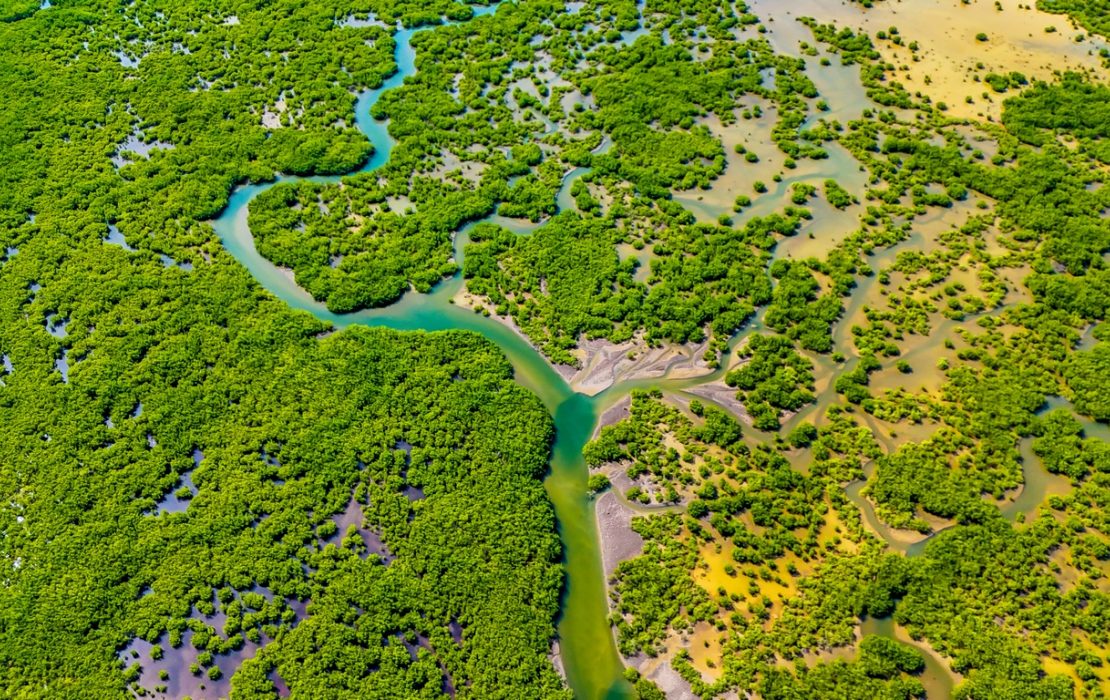
Senegal’s unique ecosystems are increasingly affected by the impacts of climate change. Photo: Ugochukwu Kingsley Ahuchaogu / UNDP WACA
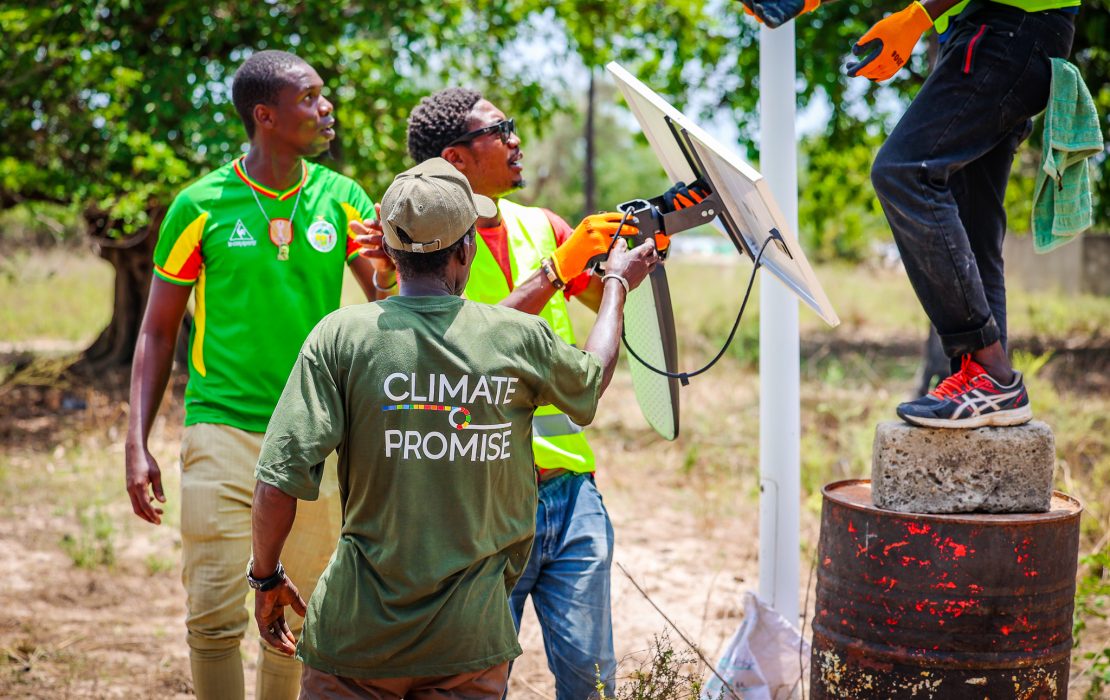
Renewable energy solutions like solar-powered street lighting help empower local communities and create green jobs. Photo: UNDP Senegal
On the remote island of Djogué in Casamance, sustainable street lighting is now providing much-needed relief to women fish processors who work late into the evening, while also creating a safer, improved environment for the local economy to thrive. Meanwhile in Ziguinchor and Bignona, solar electrification is being extended to support women-led micro- and small-sized enterprises focused on forest products, cereals and milk processing. These businesses previously faced high electricity costs and unreliable access to the national grid. With the introduction of distributed solar energy, their productivity increased and local employment opportunities improved. UNDP is extending further support to these local businesses by providing modern equipment for processing, preservation, packaging and transportation.
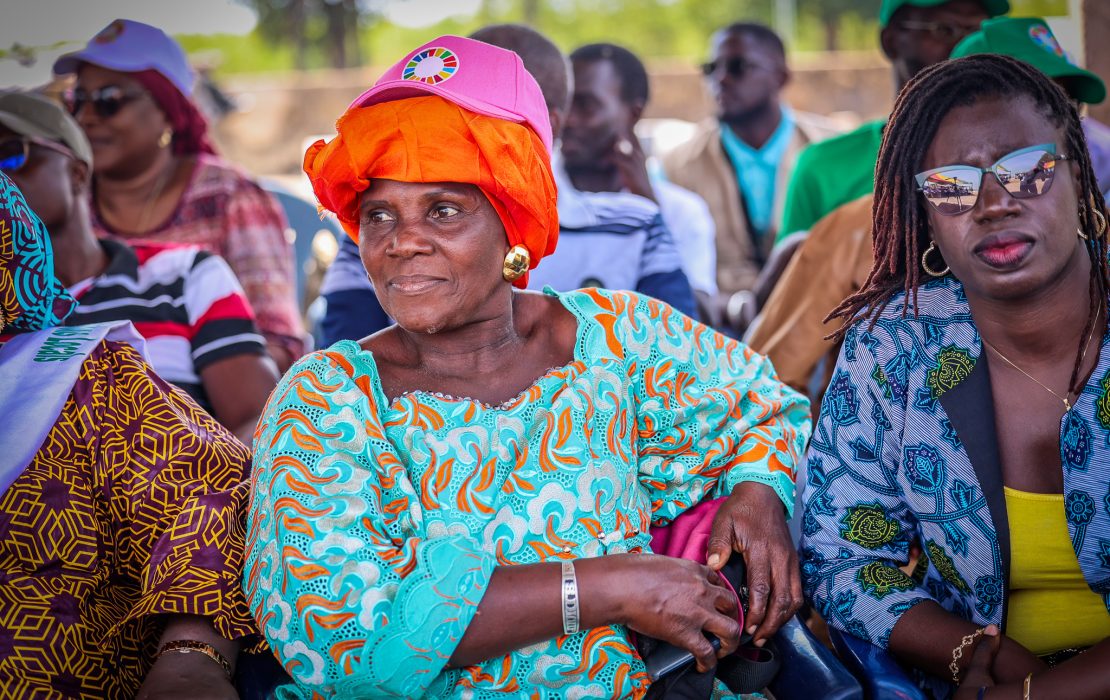
In Diogué island, access to renewable energy is changing the lives of women fish product processors and local communities. Photo: UNDP Senegal

Solar fish dryers speed up the processing of artisanal fisheries products and help increase sales in nearby villages and beyond. Photo: UNDP Senegal
Building a framework to measure and drive progress
Measuring the impact of the country’s energy policies requires greater transparency, supported by well-designed tools and institutional frameworks to enable comprehensive, cross-sectoral assessments. To support this effort, Senegal has begun implementing a digital system to measure, report and verify progress, using UNDP’s open-access Climate Transparency System.
By centralizing the collection and management of energy data across sectors and ministries, this system provides a consolidated view of the country’s progress. It also helps ensure regular reporting in line with international standards, including the preparation of Biennial Transparency Reports (BTR), National Inventory Reports (NIR) detailing the country’s greenhouse gas emissions, and Biennial Update Reports (BUR).
Senegal’s progress shows that African countries can simultaneously expand energy access and successfully pursue low-carbon development. With the right mix of political commitment, public engagement and smart investment, they can continue forging a path toward sustainability and prosperity.
*
The national survey on renewable energy as well as related documents and activities were developed under UNDP’s Climate Promise by the Pledge to Impact Programme.
Delivered in collaboration with a wide variety of partners, Pledge to Impact has supported over 120 countries to enhance and implement Nationally Determined Contributions (NDCs) under the Paris Agreement. Pledge to Impact is generously supported by the governments of Germany, Japan, United Kingdom, Sweden, Belgium, Spain, Iceland, the Netherlands, Portugal and other UNDP core contributors. This programme underpins UNDP’s contribution to the NDC Partnership.
